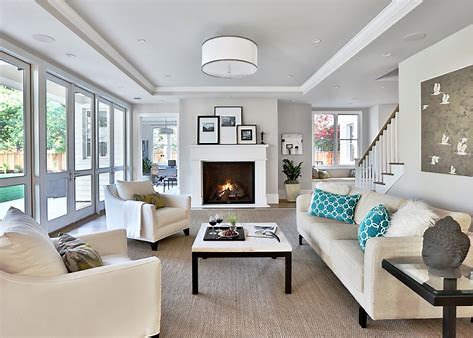From Farmhouse to Transitional & Every Design Style in Between
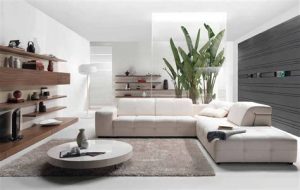
I’ll often talk to clients who feel utterly lost when it comes to finding the right furnishings and decor for their home. They call me in despair, not entirely sure what they want — just knowing they want an overall, improved look.
The first thing I ask: What is your design style?
More often than not, they don’t have an answer.
Sound like you? If so, here’s a tip:
Identifying your design style or preferences can be the key to creating a cohesive, professional look in your home.
Usually, once I help my clients through this process of self-discovery, they have increased confidence AND a better eye for what works and what doesn’t. From there, they can act as true partners in the design journey.
And there are SO many looks to choose from: from farmhouse to transitional, contemporary to coastal. There’s nothing in the interior design rulebook that says you have to pick just one. Maybe your house is calling for that perfect blend of boho and midcentury modern. Or perhaps it’s teetering on the edge of shabby chic and french country.
What’s most important is that you have a general sense of where your preferences lie, so we can shape the design around it.
With that in mind, I want to run through some of the more common design styles so you have a better sense of your options. With this under your belt, we can hit the ground running on your next design plan!

Farmhouse
Many are familiar with this design style, thanks to the Joanna Gaines frenzy that swept the nation a couple years ago. I don’t see her popularity, or this design philosophy, fading anytime soon. But the trend has peaked, so I think we’ll start seeing more muted nods to this style — i.e. touches of farmhouse decor versus full-on farmhouse overload. How to spot this style? Think distressed wood, shiplap, dried flowers, upholstered linen, crisp white sheets, etc.
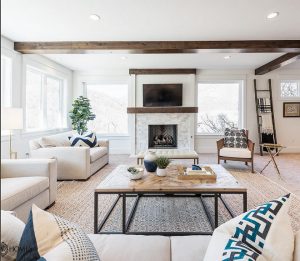
Transitional
You will hear a lot of designers refer to this style, which is fairly ubiquitous because it is so classic and timeless. But what exactly does “transitional” mean? It’s basically a cross between more traditional and modern styles, pulling in touches of new and old in a seamless manner. You might have a couch with more modern lines but then an antique side table, for example. The beauty of this style is that is strikes a middle ground.
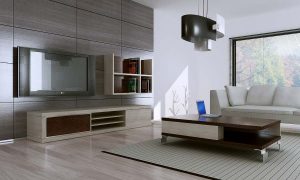
Contemporary
Strong, clean lines mark the contemporary design style, which typically includes low profile furniture and sometimes some bold artwork. The style is somewhat fluid, but tends to be embraced by urban dwellers and loft-living folk. Ever been to a West Elm or IKEA? You’d find a lot in both stores to satisfy this style.
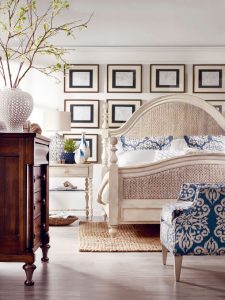
Coastal
It’s exactly what it sounds like. Picture your perfect beach house: white slipcovered couches, a sisal rug, blue and sandy accent pieces. Fair warning: There is always a risk in taking the coastal theme too far, especially if you don’t actually live near a beach. An interior designer can help you strike exactly the right note here.
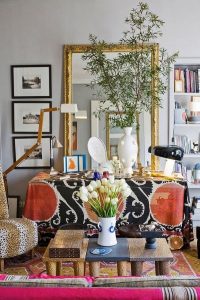
Bohemian
You probably already have the vision in your mind — of a woman with long, wavy hair and a flowing tribal print dress, tapping on the bongo drums as her artsy friends swirl around her in a creative dance. No? Well, now you do. Now, think of that in house form. That’s the bohemian design style. Marked by rich patterns and textures, woods and metallics, and an ever-present whimsical air, this style screams carefree.
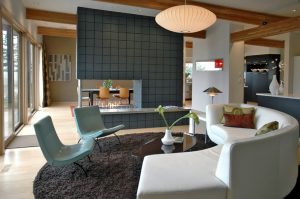
Mid-Century Modern
The mid-century modern style is aptly named, penned for the iconic and minimalist look that took hold from the 1940s to 1970. If you have watched the show Mad Men, you’re familiar with this style. Think clean lines and low-profile designs that blend seamlessly from one room to the next. Accent pieces take center stage and certain lines of furniture are distinct to this style. As far as artwork is concerned, we’re talking Andy Warhol or someone of similar ilk.
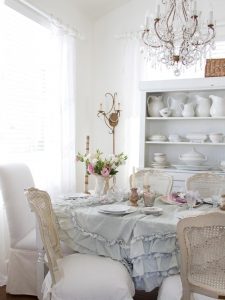
Shabby Chic
A neutral pallet rules here, as do vintage furnishings and weathered white anything. There’s a strong cottage/antique vibe with the shabby chic style, mixing elegance with a more time worn feel. If your favorite Sunday activity is scouring boutiques and antique stores, this is the style for you.
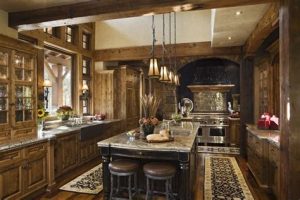
Rustic
This doesn’t have to be a cabin in the woods per se, but the style does draw its inspiration from those one-with-nature getaway spaces. You’ll find lots of wood and stone and natural fibers with the rustic design style. This is also a winter-friendly type of space, where you’d be inclined to curl up next to the fireplace or gather the family around for a board game. So it might work better in some locales over others.
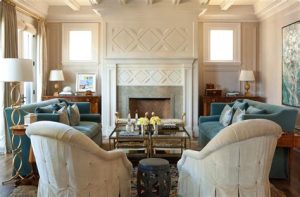
Traditional
The traditional style can be seen as more formal or conservative, but it doesn’t have to be. Consider some of those historic New England homes, with their custom millwork and beautiful detailing. There are ways to keep those homes fresh and appealing versus stodgy, and plenty of people have found a way to do so. With this style you will likely find some beautiful chandeliers, attractive floral patterns and elegant window treatments.
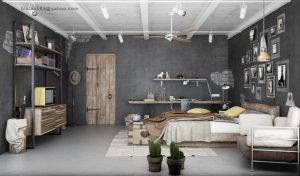
Industrial
The industrial design style can be a somewhat masculine look, so I’d advise it for a study or bathroom, or maybe a loft-style apartment. Inspired by the turn-of-the-century industrial era, these designs often incorporate exposed steel or pipe fittings, wooden shelves and exposed brick. But it is more upscale than your typical warehouse, for sure. Browse through a Restoration Hardware catalog and you’ll find hints of this style.
That’s a pretty good list, and trust me, there’s a lot more out there! But, hopefully in reading this you’ve gotten a better sense of what is what, and maybe an inkling of your own personal style.
As always, I’m happy to discuss any and all of these ideas over the phone. So shoot me an email or give me a call!

